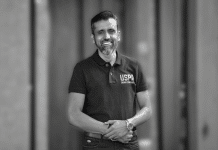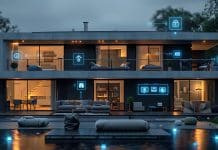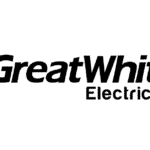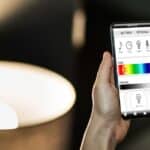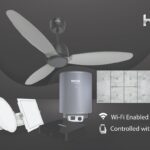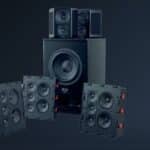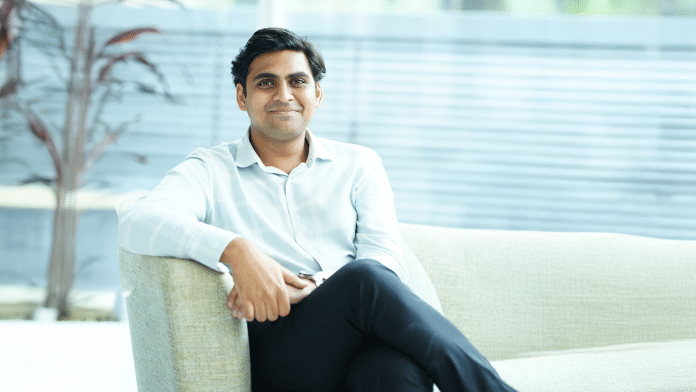
Rohan Jain, Director, RJ Projects, shares his insights on how smart technology is revolutionizing the real estate landscape. With a deep commitment to sustainable design and intelligent automation, he discusses the growing demand for integrated systems, the role of sensors and controls in enhancing efficiency, and his vision for building net-zero, self-regulating spaces that align with modern lifestyles.

With your extensive experience in the real estate industry, how have you seen the role of building automation evolve over the years?
The rising demand for automation has been effectively met by a wide range of technological solutions. Centralized control systems have become a key component in building management, offering streamlined oversight of all integrated systems.
By automating these functions, the need for manual intervention is significantly reduced, minimizing the risk of oversight and ensuring consistent performance. This centralized approach also allows for seamless integration with other building technologies, including mechanized parking, energy monitoring and conservation, solar power and water harvesting, water management, visitor tracking, housekeeping, and maintenance services.
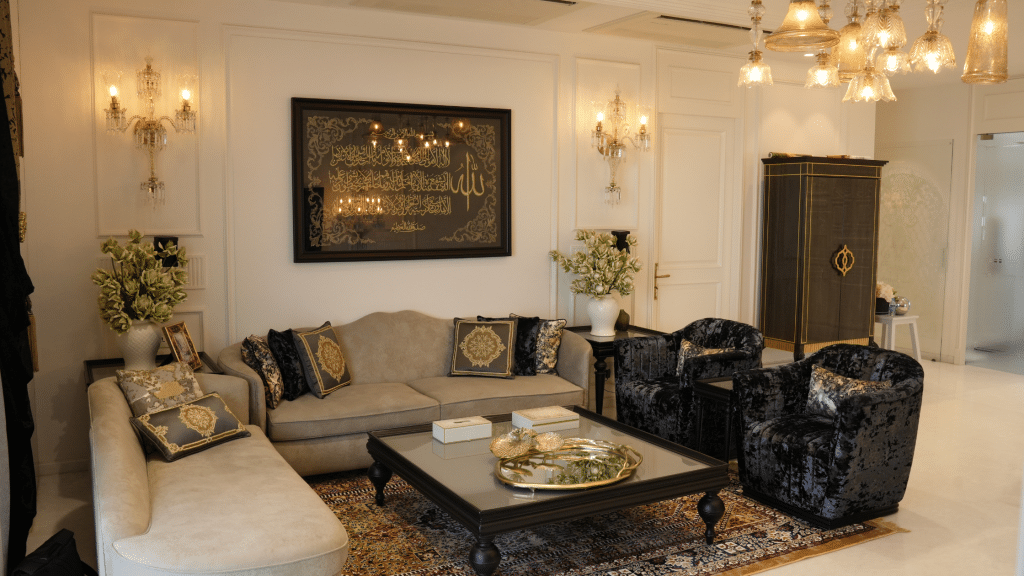
Ultimately, smart integration enhances operational efficiency while allowing property managers and occupants to focus more on user experience and less on routine management tasks.
What key factors are driving the increasing demand for Automation and Smart technology in commercial properties today?
Offices today are complex ecosystems made up of multiple interconnected elements, and when not seamlessly linked, productivity is directly impacted. Think about it—an employee’s journey begins at the point of entry, whether vehicular or pedestrian, requiring smooth system integrations. From faster, more accurate security systems to seating layouts that optimise light and ventilation, every aspect
plays a role. Leisure zones help with rejuvenation, while group and individual zoning enhance functionality based on utility.
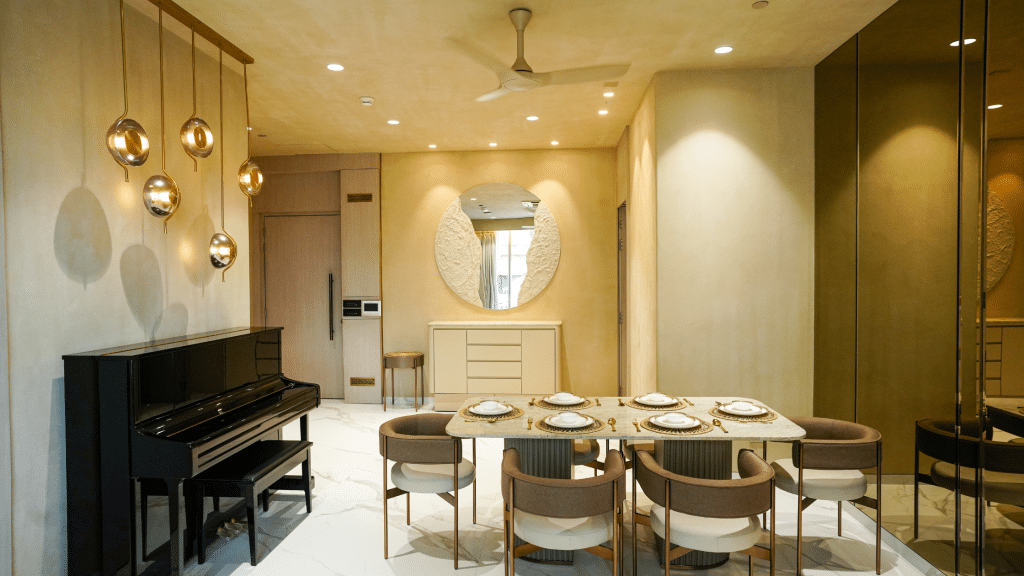
With evolving technology and shifting work patterns, modern office systems need to be designed for seamless adaptability and integration. Centralized access has become essential for efficient management, allowing unified control over various systems. Continuous adaptation ensures that spaces remain relevant and functional as needs change. Boundaryless orchestration enables different technologies to work together harmoniously, creating a cohesive environment. User-friendly interfaces make these systems accessible to all users, while strong integration capabilities ensure compatibility across platforms. Above all, a focus on energy efficiency supports both sustainability goals and long-term operational cost savings.
How do you incorporate smart lighting and control systems into your projects? What benefits have you observed? Can you share the names of brands you have used in your projects?
The concept of “smart” technology is closely tied to energy efficiency, enhanced user experience, intuitive interfaces, and seamless inter-device communication. For example, smart lighting enables users to create mood-based scenes, optimize brightness levels, improve energy efficiency, and enhance both safety and convenience.
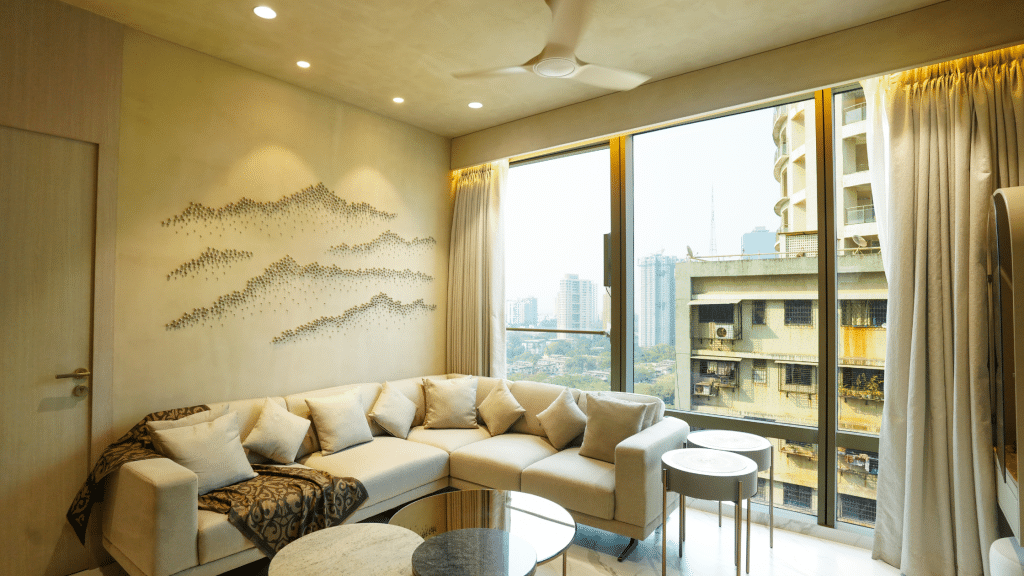
Having centralized control over all systems, such as air conditioning, motorized curtains, lighting, and fans, allows a space to adapt to a user’s lifestyle effortlessly. As labor and maintenance costs continue to rise, the demand for self-regulating, automated environments is becoming increasingly important.
In the design process, we also experiment with a mix of direct and indirect lighting to enhance the aesthetic appeal of each space. To ensure quality and performance, we work with trusted lighting brands like Hills, Hybec, Philips, and Havells.
What brands do you incorporate in your projects? Can you discuss the role of sensors and temperature controls in enhancing the efficiency of commercial spaces?
Sensors are very crucial in automation. They are the input data for a system to understand how to perform. They play a crucial role in detecting and measuring a variety of parameters such as – temperature, luminescence, sound (dB), and occupancy.
Can you share a specific project where automation and smart technologies significantly improved the overall performance and sustainability?
In a project for a jewellery manufacturer, we were assigned to build an 80,000 sq. ft. factory and corporate office. This company employed almost 500 staff and ran 24/7. The thought was to create a world-class facility that can operate and integrate systems to aid in energy saving, security and working conditions.
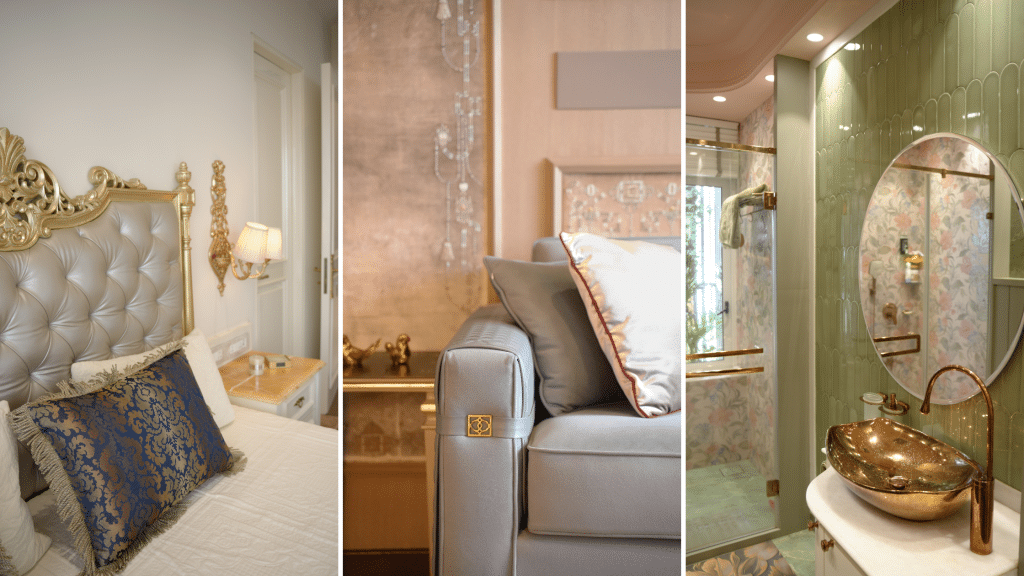
Right from automated curtains operating by the amount of sunlight and temperature penetration, to filtration systems analysing water quality and temperature, to occupancy sensors and cameras covering every square inch of the premises, and storage facilities that require minimal in-person vigilance, and finally solar generation and water harvesting systems.
What trends do you foresee in the use of building automation and smart technology in the next five years?
Building automation is set to grow to firstly aid facility management in supervising a facility with lower staff and higher visibility, and secondly, give users more control over their interaction with their space. This is being driven on the back of increased internet penetration and effectiveness, and telecom services are planned early on.
How does RJ Projects prioritize sustainability when designing and implementing automation systems?
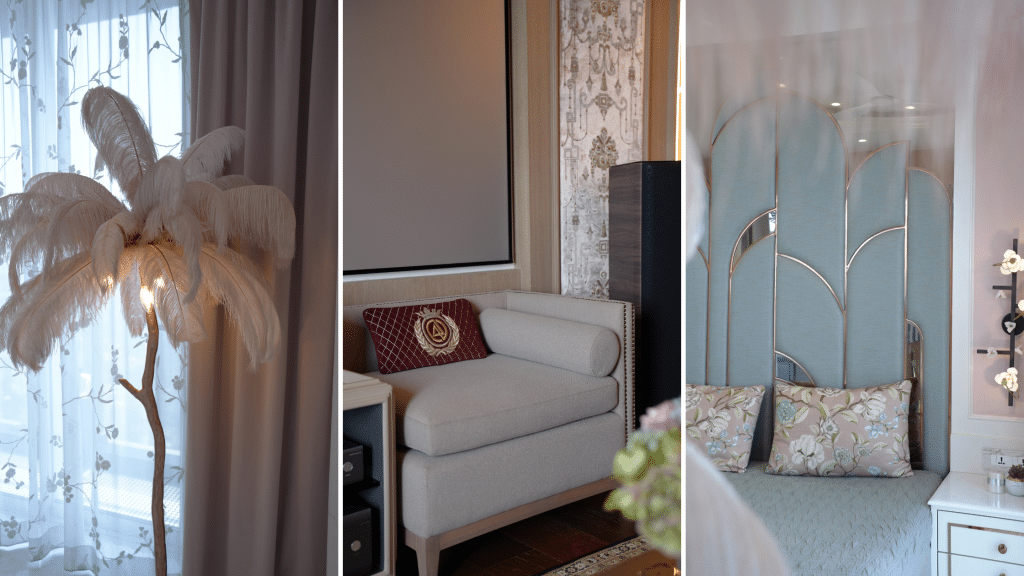
At RJ Projects, sustainability is a core element of our design and implementation strategy for automation systems. We favor the inclusion of energy-saving solutions like smart lighting, automated curtains, and occupancy sensors to minimize the use of power. We also use systems that are effective in managing power, water, and other resources, for example, solar generation units and water harvesting systems, as clearly seen in our 80,000 sq. ft. project for a jewellery manufacturer. Our interest lies in developing self-regulating spaces that reduce the demand for manual intervention while maximizing resource efficiency, thus lessening the overall environmental impact.
Lastly, what are your personal goals for integrating smart solutions into your future projects?
I would love to have solutions that can help monitor and control excess energy and resource consumption, even with our technology-aided lifestyles. A net-zero household or corporate office is a goal that we all work towards in our organisation. Additionally, a solution that ensures users receive exactly the data and information they need to stay informed, no more, no less.






